Beach Field Trip
1/19
There's no tags or description
Looks like no tags are added yet.
Name | Mastery | Learn | Test | Matching | Spaced |
|---|
No study sessions yet.
20 Terms
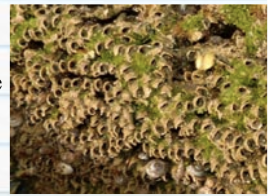
Sand Castle Worm
Phylum: Annelida
Class: Polychaeta
Zone 4 (Low tide)
California Mussel
Phylum: Mollusca
Class: Bivalvia
Zone 3 (Mid tide zone)
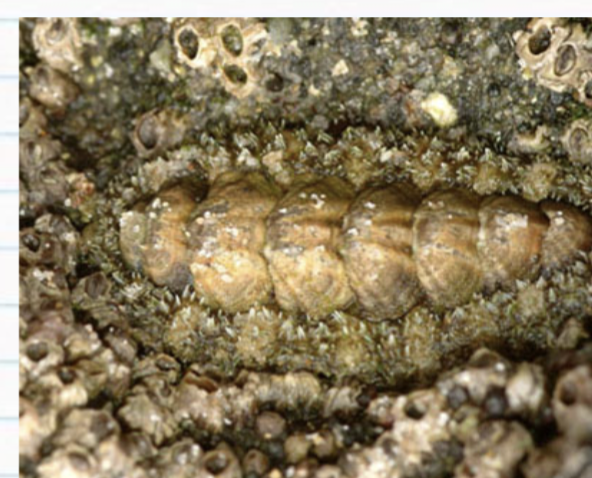
Spiny Chiton
Phylum: Mollusca
Class: Polyplacophora
Zone 3 (Mid tide zone)
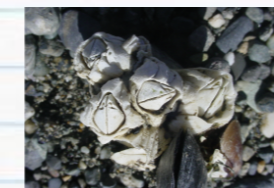
Small Acorn Barnacle
Phylum: Arthropoda
Subphylum: Crustacea
Zone 1-2 (Splash/High Tide)
Gooseneck Barnacle
Phylum: Arthropoda
Subphylum: Crustacea
Zone 3-4 (Mid/low tide zone)
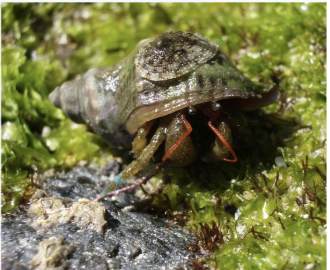
Blue Bandit Hermit Crab
Phylum: Arthropoda
Subphylum: Crustacea
Zone 2-3 (High/Mid tide zone)
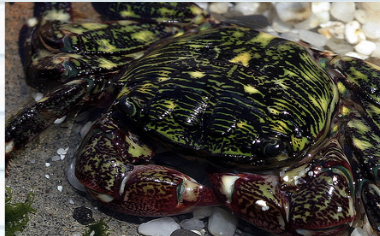
Striped Shore Crab
Phylum: Arthropoda
Subphylum: Crustacea
Zone 2-3 (High/Mid tide zone)
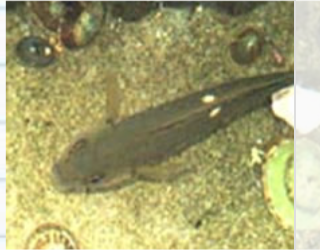
Opaleye
Phylum: Chordata
Class: Osteichthyes
Zone 4 (Low tide zone)
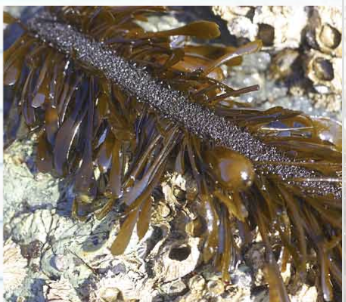
Feather Boa Kelp
Type: Brown
Zone 3-4 (Mid/Low Tide Zone)
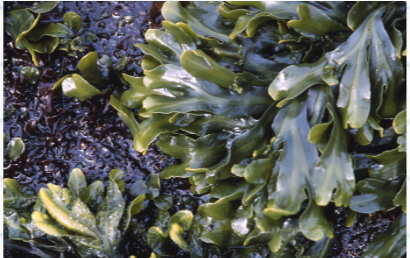
Spindle Shaped Rockweed
Type: Brown
Zone 3-4 (Mid/Low Tide Zone)
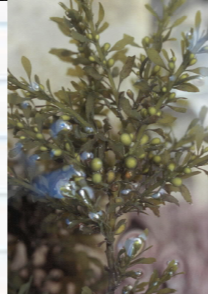
Sargassum
Type: Brown
Zone 3-4 (Mid/Low Tide Zone)
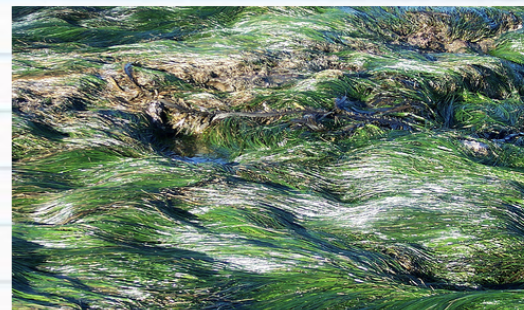
Surf Grass
Zone 4 (Low tide zone)
Newton’s Law of Universal Gravitation
F=m1m2/r²
Two high tides and two low tides per day (6 hours)
Moon – Small but very close – large effect
Sun – Large but very far away – small effect
Spring Tides
Extreme tides
direct alignment alignment between sun, earth, moon
Neap Tides
Lower tide variation
90 degree angle between sun, earth, and moon
Tidal Cycles
Set of spring tides every two weeks
Set of neap tides in between spring tides
ZONE 1 (Splash Zone)
5.0 feet and more above sea level
ZONE 2 (High Tide Zone)
2.5 to 5.0 feet above seal level
ZONE 3 (Middle Tide Zone)
0.0 to 2.5 feet above seal level
ZONE 4 (Low Tide Zone)
Below sea level